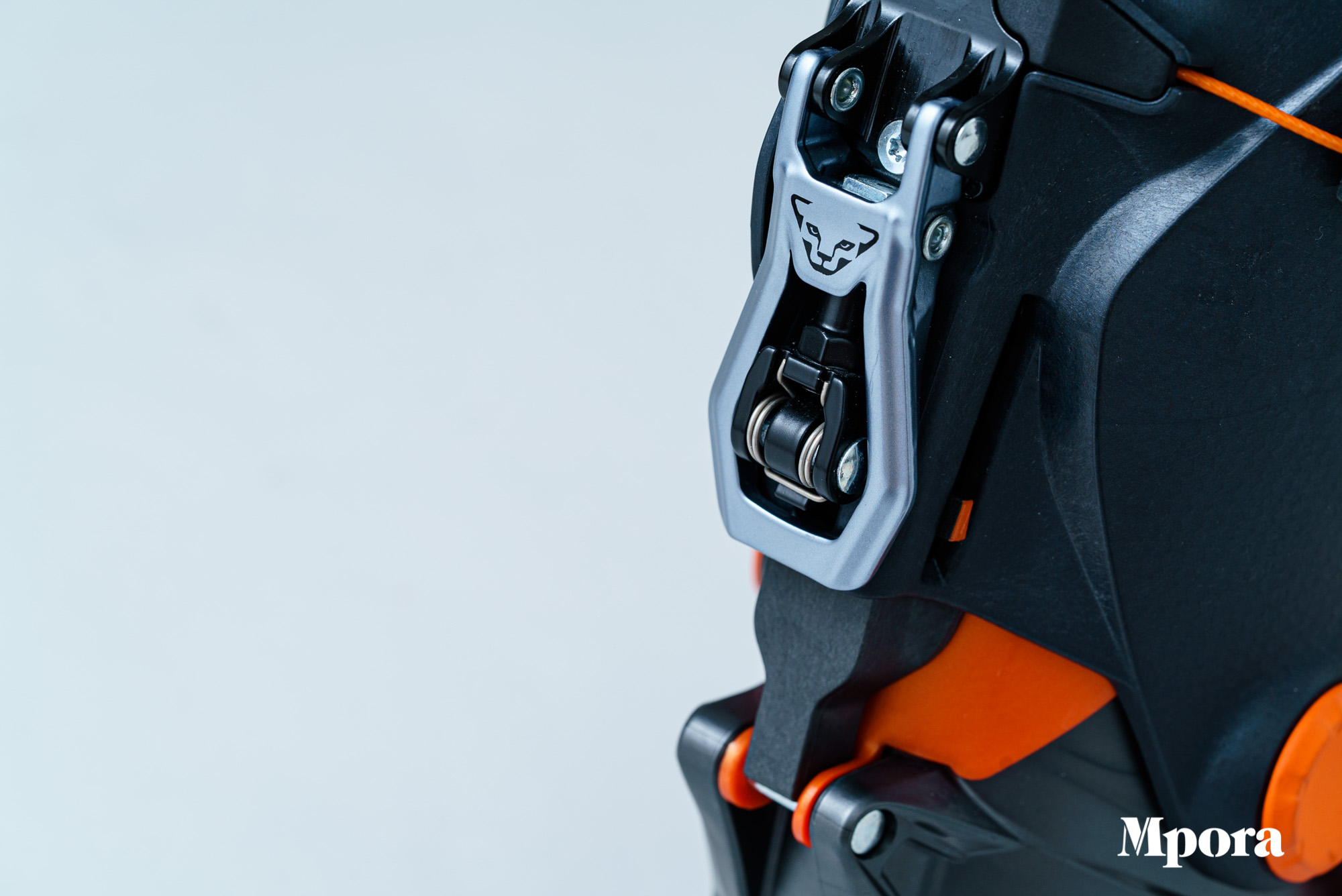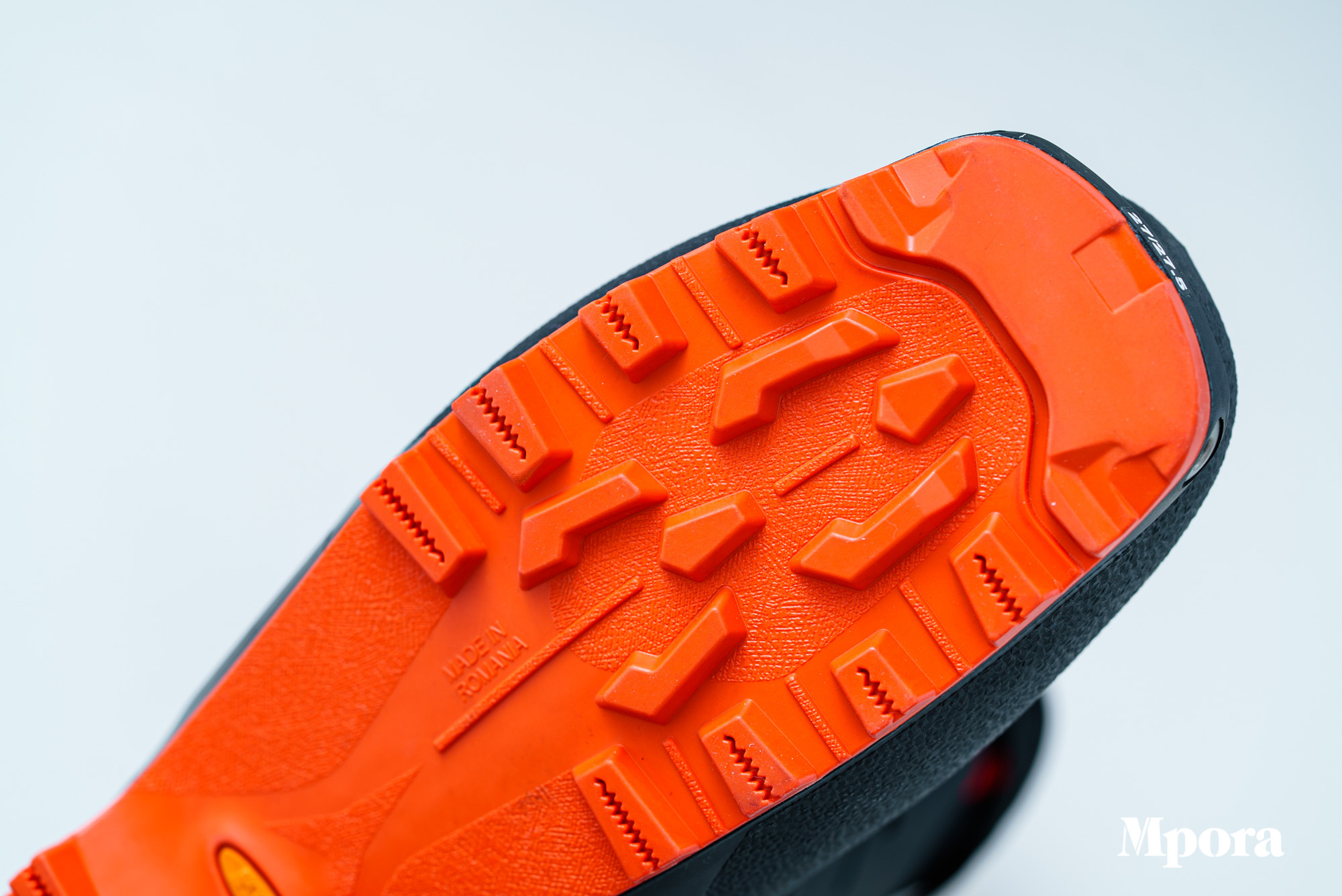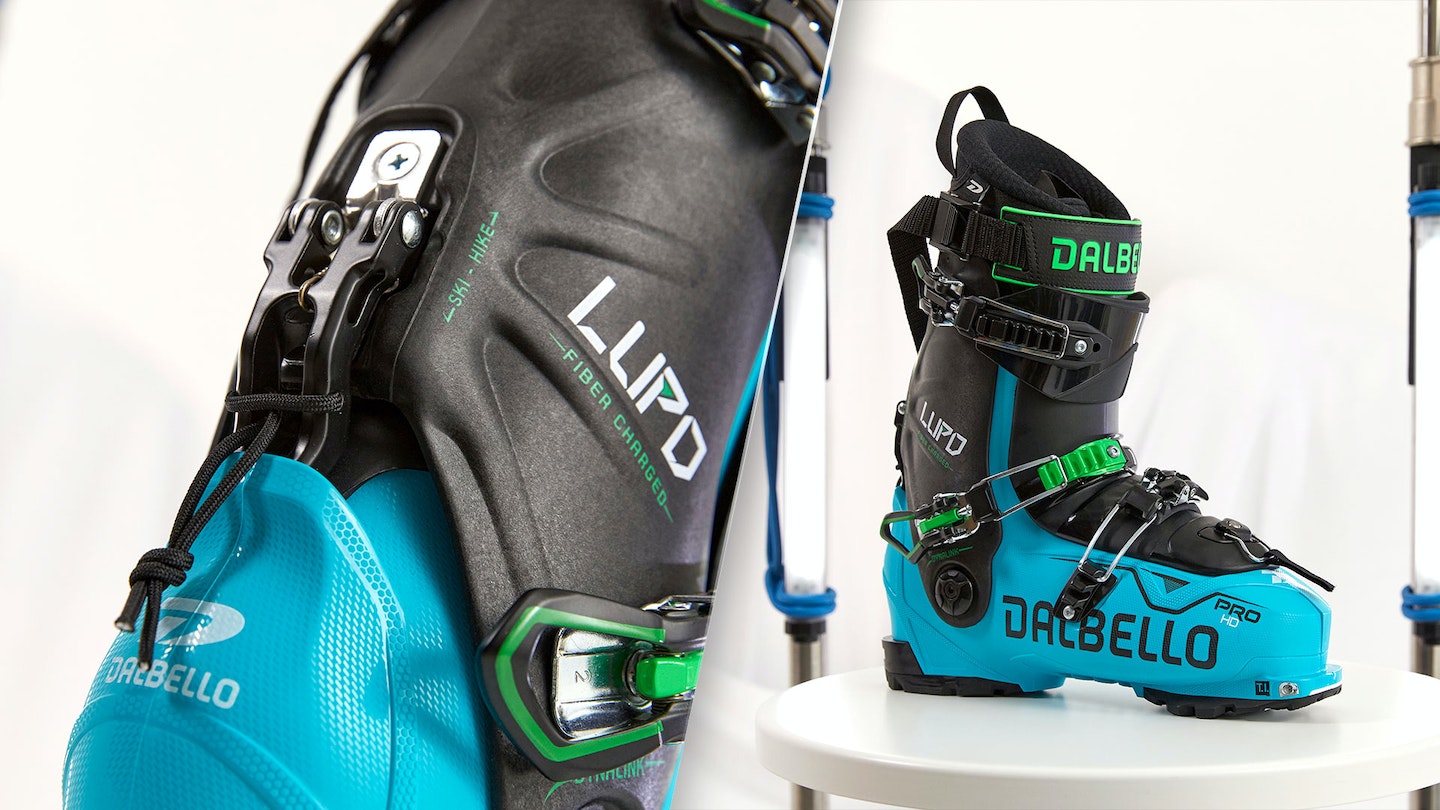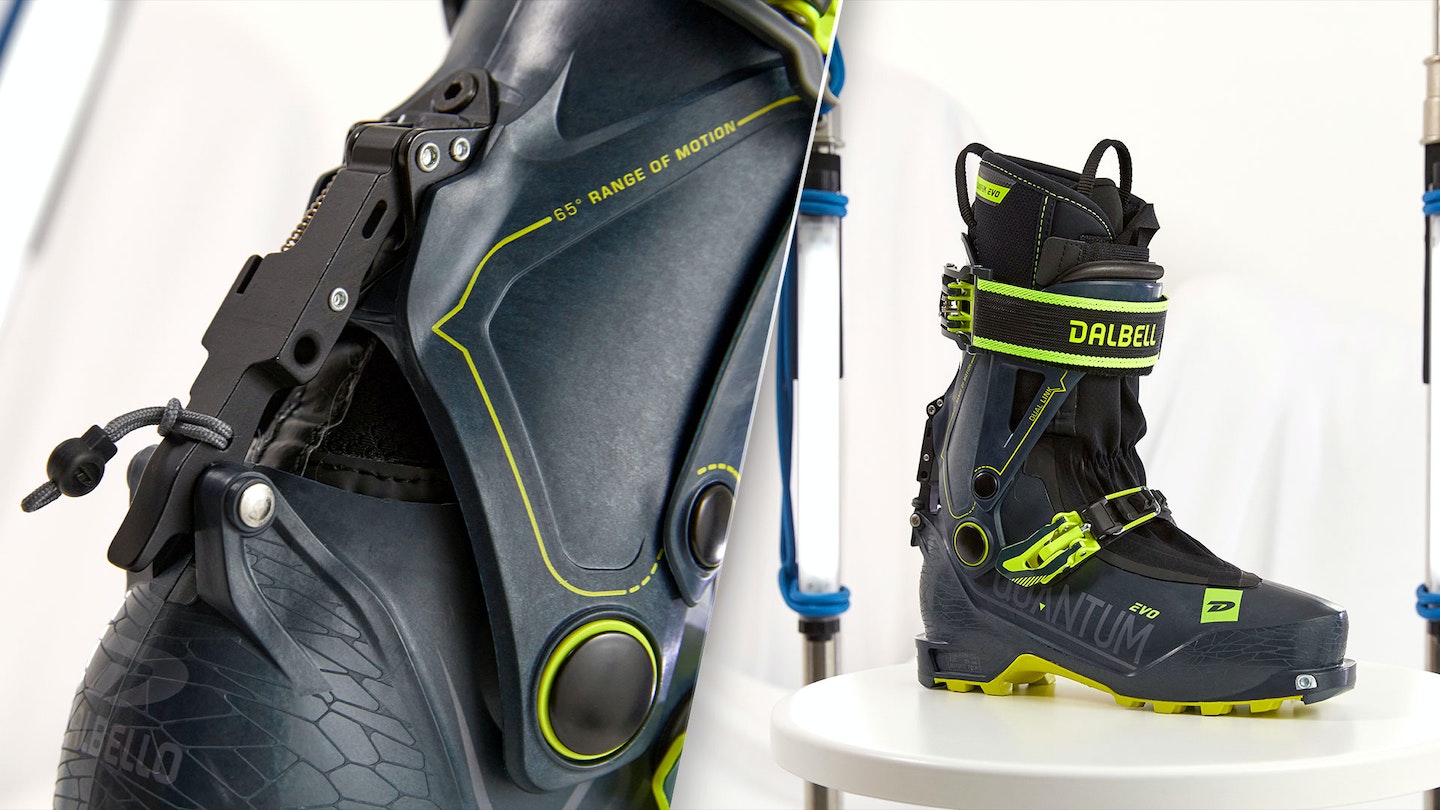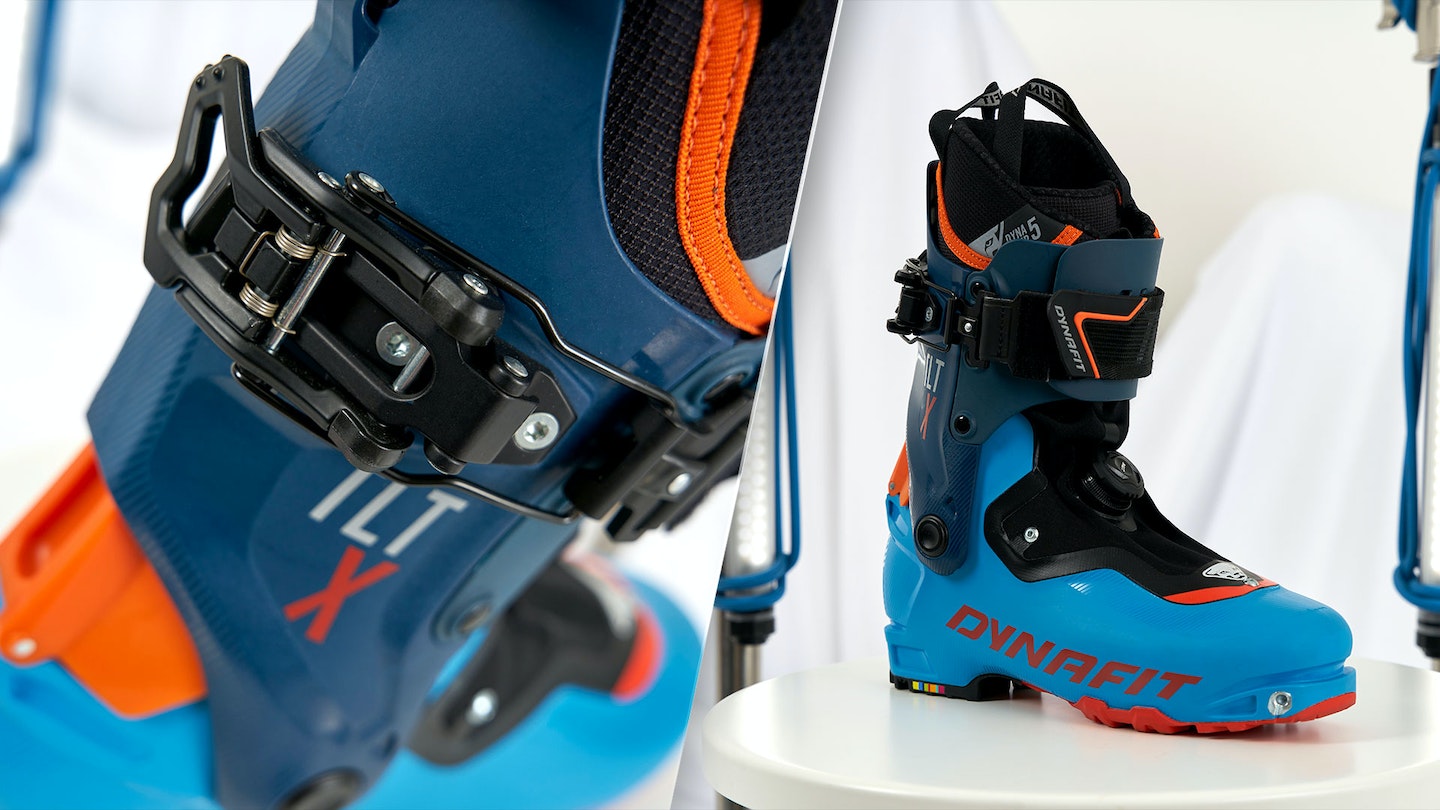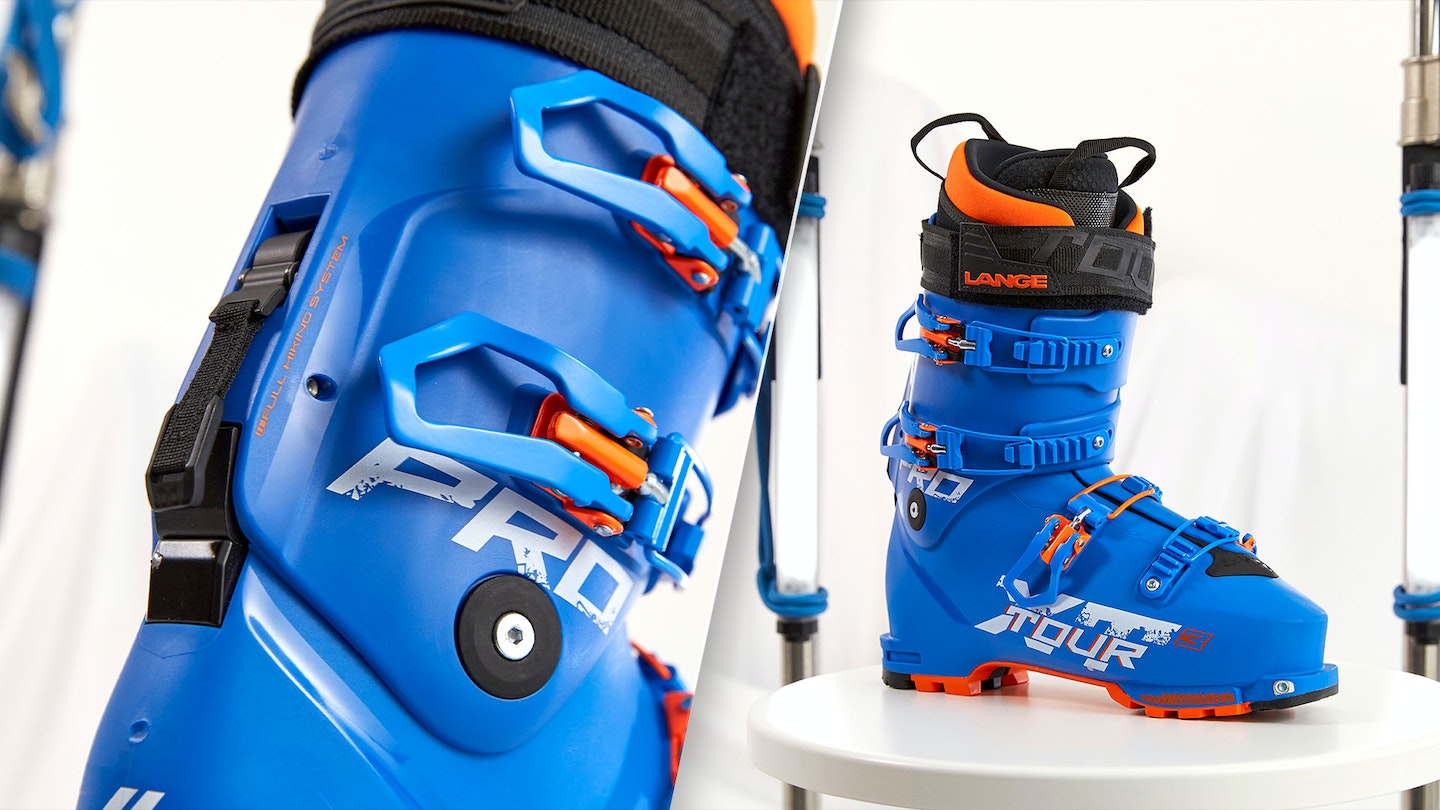
Roxa RX Tour
Last: 99 mm
Cuff Range: 62°
Binding Compatibility: Tech bindings only
Weight (per boot): 1,190g
Why we chose the Roxa RX Tour: Simple, lightweight, durable
The RX Tour sits at the top of Roxa’s ski mountaineering-focused 1kg ski boots offering. They’re packing a fantastic range of motion for long days on the skin track, and come with more than enough power to drive touring specific skis in the right conditions.
Quite unsurprisingly, for a boot coming in at a weight of 1,190 grams (for a 26.5), Roxa has called in the lightweight (yet powerful) Grilamid plastic to mould the shell. If you’re unaware, Grilamid is usually the go-to boot plastic for many ski boot manufacturers. It’s a polyamide that manages to be extremely lightweight, yet still keeps a smooth and responsive flex. It also manages to uphold this flex pattern even when the mercury drops into the negatives.
Who Is The Roxa RX Tour For?
The Roxa RX Tour offers a no-thrills solution to the 1,000 gram ski mountaineering boot category. Blending a fantastic walk mode, simple buckle and walk mode solution with a snappy Grilamid construction, the RX Tour is a boot that can be relied upon for big backcountry touring missions.
Chosen for our Ski 100 – Take a closer look at the Roxa RX Tour here

Salomon MTN Summit
Flex: 110
Last: 100 mm
Cuff Range: 75°
Forward Lean: 13° or 16°
Weight (per boot): 1,050g
Price: £680 / 750€
Why we chose the Salomon MTN Summit: Lightweight yet powerful, comfortable
Coming in at a weight of 1,050 grams per boot, with a 110 flex rating, and sporting a walk mode that’s not far from feeling like a hiking boot, the Salomon MTN Summit is yet another contender entering the ring in the 1,000 gram touring boot showdown.
The Salomon MTN sits within Salomon’s new and updated MTN boot range. Just like the ski range that shares the same name, the MTN boot range has been designed to be as efficient (read: lightweight and easy touring) as possible, while still being able to drive wide (for touring) skis with confidence through a range of conditions.
Who Is The Salomon MTN Summit For?
The Salomon MTN Summit, and the whole updated MTN range of boots for that matter, is going to suit a wide range of skiers. Their 100 mm last and smooth, yet not too burly, flex rating creates one of our favourite boots we’ve managed to slip our feet into this year.
They might be on the heavier side of that 1,000 gram ski mountaineering boot category, but if you’re happy to carry up a few extra grams for a bit of extra downhill confidence, then you certainly can’t go wrong with the Salomon MTN Summit.
Chosen for our Ski 100 – Take a closer look at the Salomon MTN Summit here


